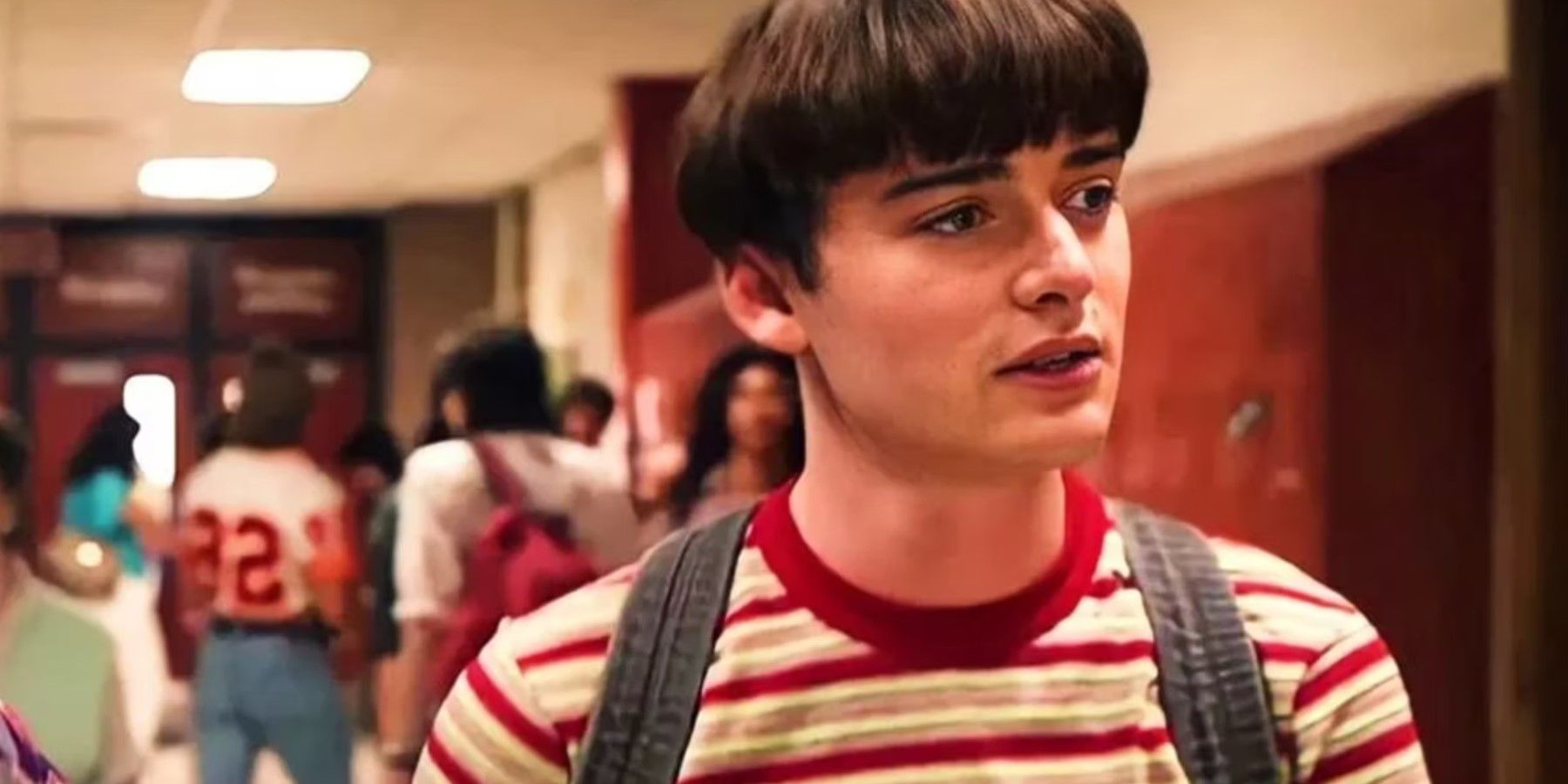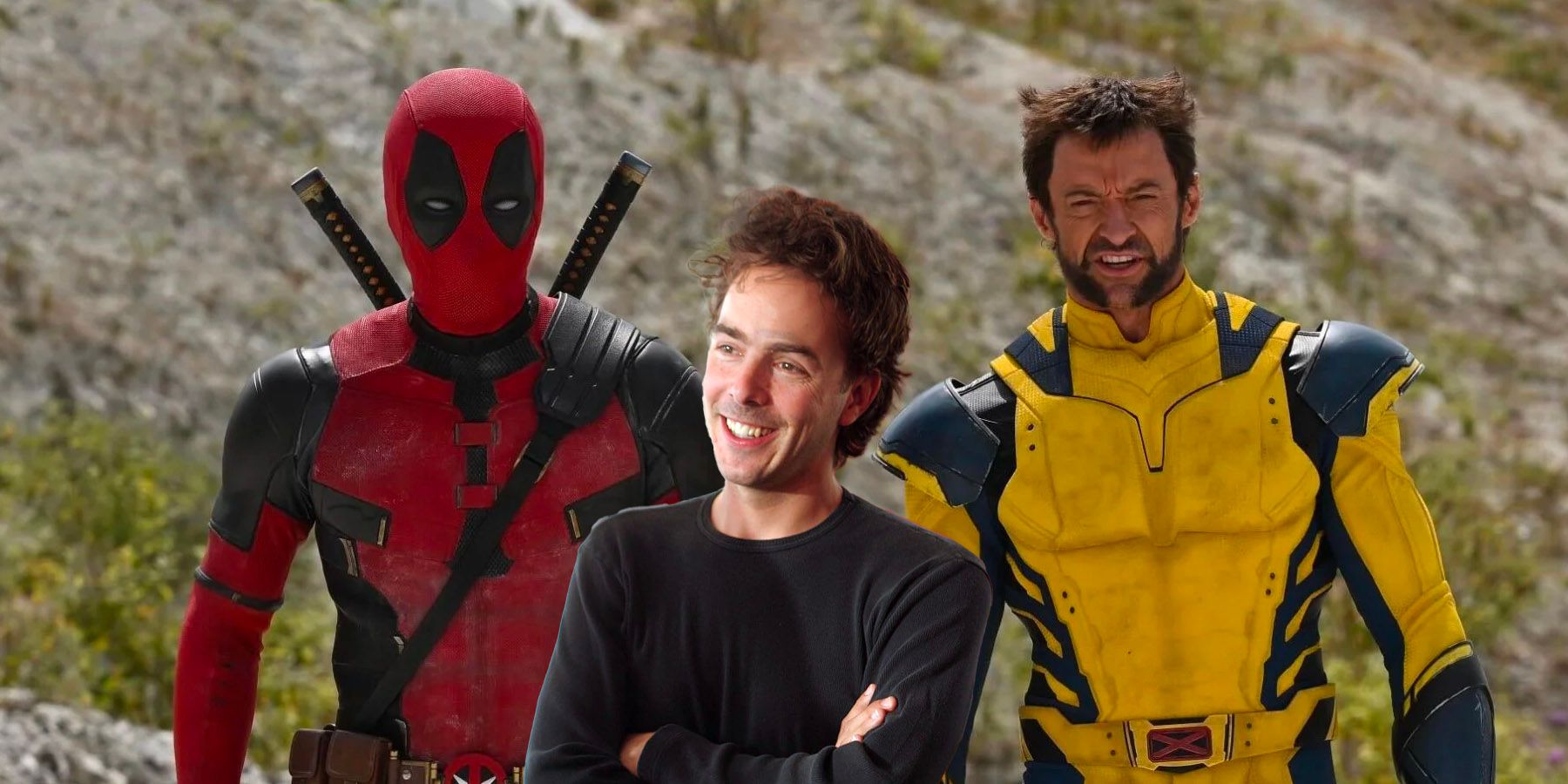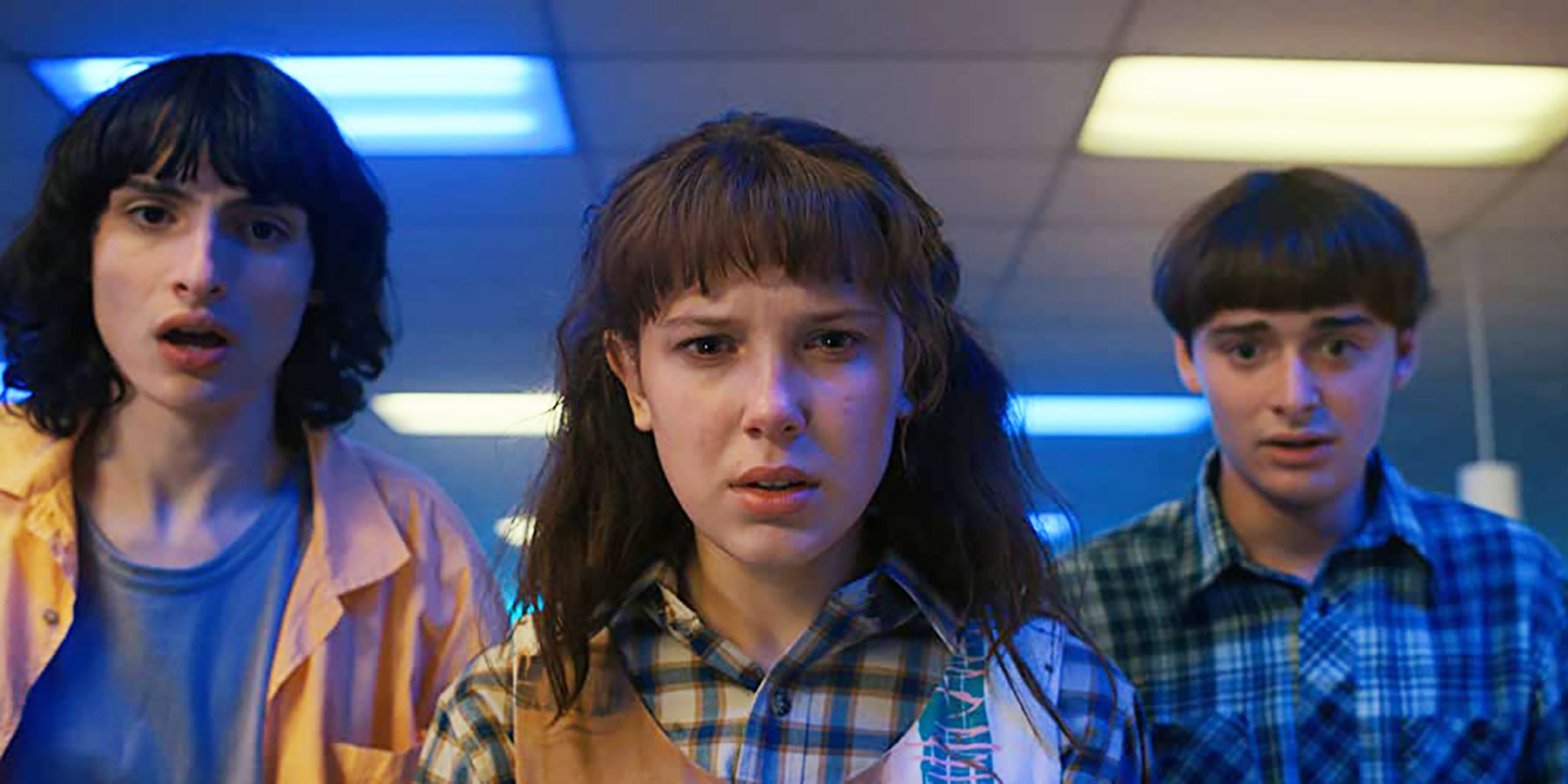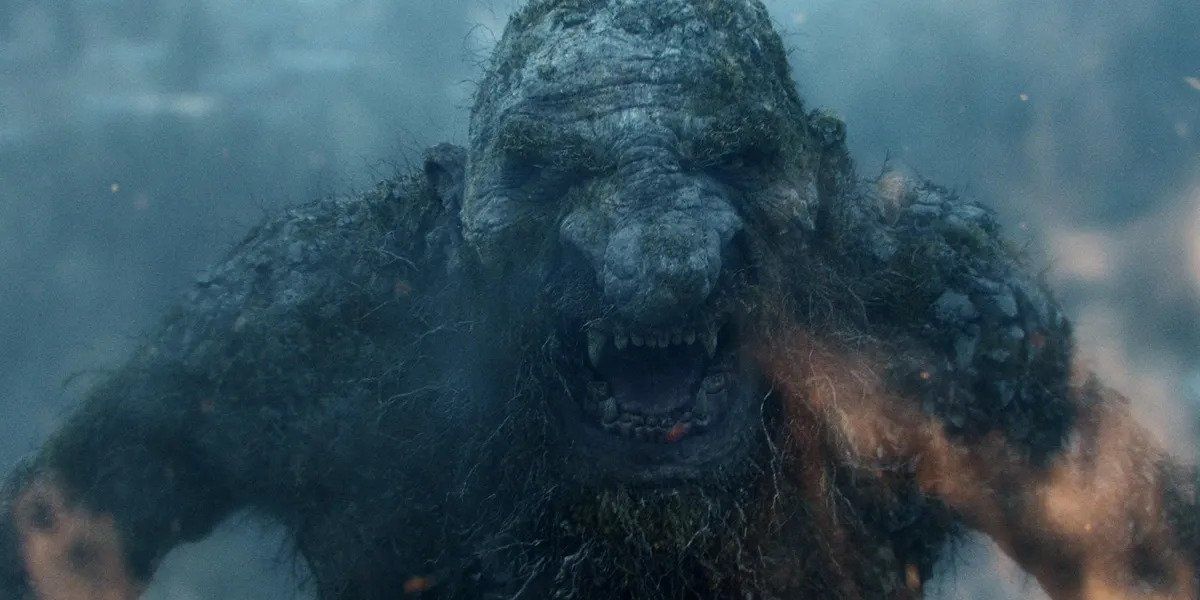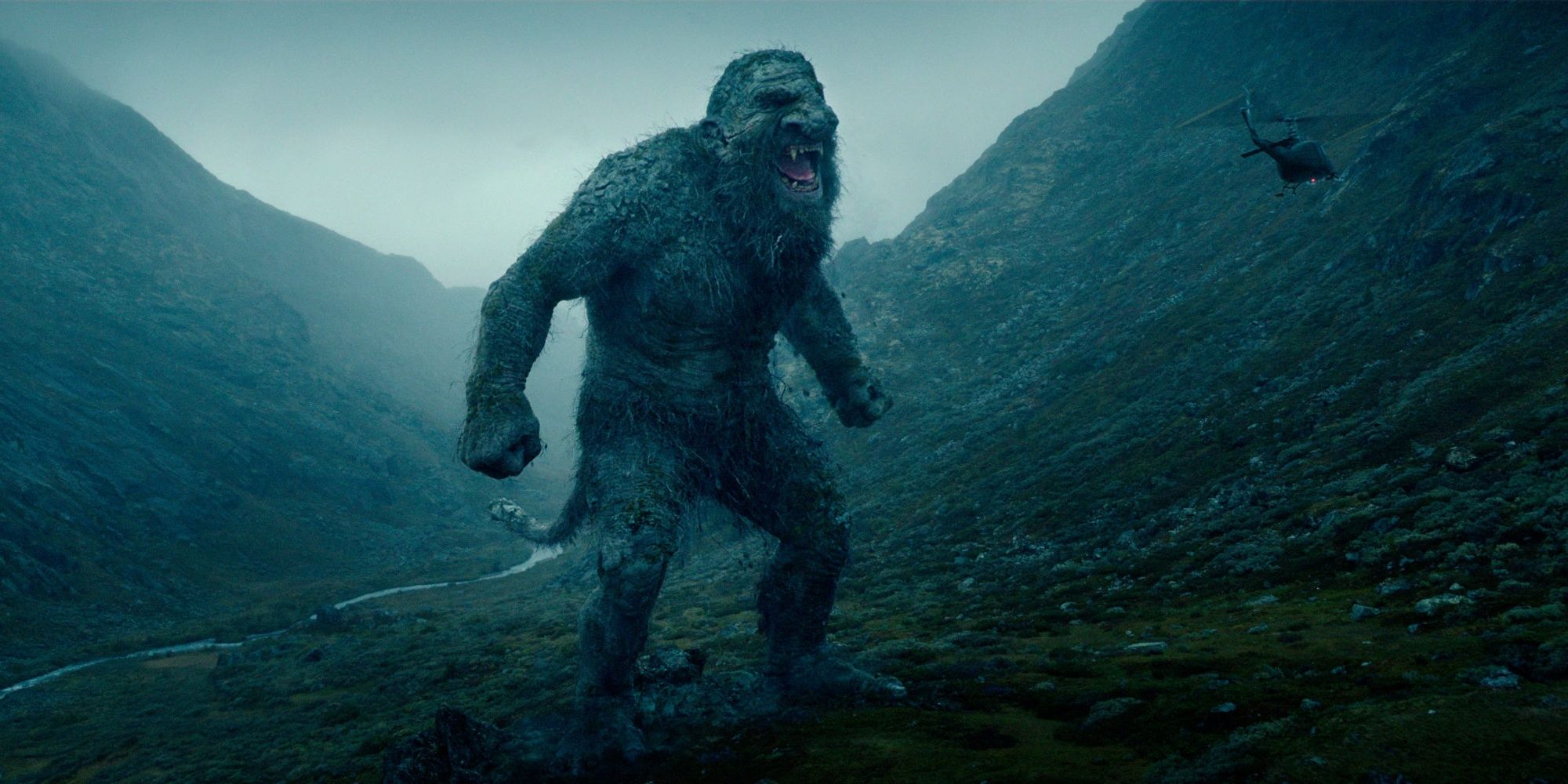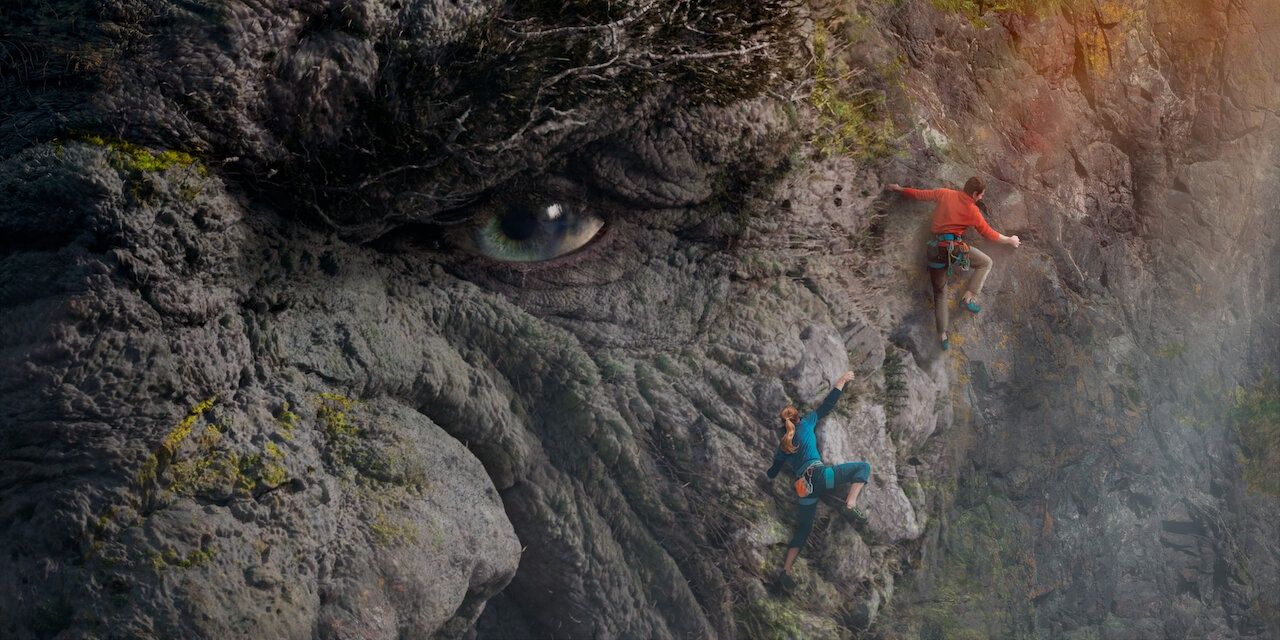When someone says "giant movie monster," most people picture one of two big-screen creatures. It's either King Kong or Godzilla. However, there were strange creatures in the cinema before those iconic figures and constant new takes on the concept since. With Troll, director Roar Uthaug adds a little bit of fairy tale magic to the decades of kaiju innovation.
From the early 30s to the modern day, the simple idea of a massive monster wrecking a city has captivated audiences in a variety of contexts. Most come with their own mythos, but introducing an existing world of ancient fairy tales to the concept changes the context in many ways.
Troll begins with a brief primer on the rules of its titular monster. As any Elden Ring fan would know, trolls are gigantic humanoid monsters who turn to stone in the presence of the sun. The film explains that a Norwegian mountain range is composed almost entirely of 13 comatose giants. Years later, a classic heartless corporation intends to drive a highway through the mountain, against the wishes of the community. The devastating demolition awakens the eponymous monster, but the government is unwilling to believe the nature of the beast. The troll follows most of the rules of the fairy tales. One of the central characters is an expert on the old myth and a die-hard troll-truther, and the film spends a lot of time explaining how correct he is at all times. The troll smells Christian blood, eats humans, and turns to stone in direct sunlight. This layer of mythology adds a lot to an otherwise by-the-numbers monster movie.
There's something special about seeing a monster who usually occupies picture book pages and video game enemy lists in the role usually filled by Godzilla. We know what a monster that destroys a city looks like, and it rarely mirrors the look of a classic fairy tale. Godzilla and King Kong were introduced attacking cities and tangling with their nation's armed forces. The idea of a troll jumping out of the stories of the past and attacking modern civilization is inherently interesting. A lot of the monster's demeanor throughout the film is explained by the generations of development that occurred while he was in the mountain. The monster brought to life by big-screen CGI is typically formed from the ground up, but the way their mythology is crafted changes their impact.
When Ishiro Honda made Godzilla in 1954, he didn't have a lot of backstory for the character. Over the years, he's developed dozens of ancient prophecies, ongoing rivalries, and generations of heroic importance. His story was developed one film at a time, changing whatever was necessary to fit the latest story. Any Godzilla fan would admit that it's tough to keep track of the comings and goings of the King's entourage. However, the troll from Troll has tons of existing narratives behind it. The heroes of the story learn its rules in real-time, but they all already know the broad strokes. Everyone does because it's a famous creature in the story's world. As the weird arcane elements of the creature expose themselves, they're treated as big reveals, accurately marking the troll as the historical being. The idea of a monster movie about a creature that can canonically smell the blood of practicing Christians is absurd, but it works with the fairy tale elements.
What does the design of a movie monster need to accomplish? They need to be intimidating, but not too busy. They need to be recognizable, but not too similar to existing examples. They need to establish some level of logical grounding and understandable rules, without being bogged down in boring exposition. By using a mythological creature and barely updating his design, they accomplish everything with minimal work. Beyond accomplishing those tasks, grounding the beast in mythology also gives it a powerful historical impact. The creature is recontextualized with the impact of the new narrative. By its very existence, it stands for the massive change between its time and ours. It represents the negatives of the past by existing and the downside of the present by returning. It implies the existence of a magical world all around us. It's an entire fairy tale world wrapped in a single monster design.
Troll doesn't feel like it did everything it could with the ideas it presents. It's a simple monster movie with the unique grounding of Norwegian mythology. The structure of the film is, in many ways, identical to the typical modern kaiju film. It's most comparable to the 2014 American Godzilla reboot, which also presented a new spin on a classic monster. The film is a good example of the genre, but it doesn't break the mold. Instead, it serves as a perfect example to filmmakers of any culture. By examining the meaning behind a mythological monster, mankind could be reintroduced to just about anything. The future could contain all manner of fantasy creatures in more grounded monster fiction, and that would certainly liven up the blockbuster season.

